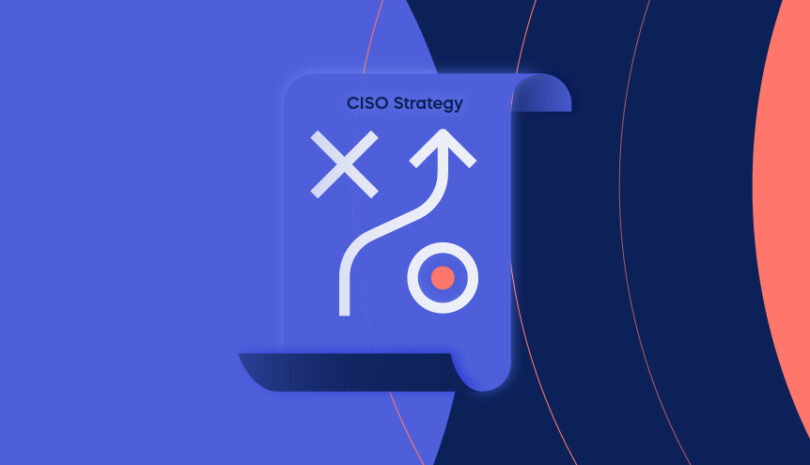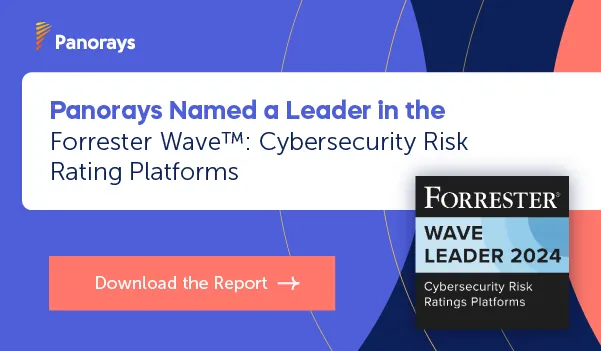Although data breach announcements that impact an entire digital supply chain often appear in the headlines, it seems to be difficult to understand how they originally occurred, at least in time to stop them. According to IBM’s Data Breach Report from 2023, only one in three security teams identified the origin of their data breach, even though 67% of data breaches were reported either by a third party or the attackers themselves. These data breaches reached an average of $4.5 million, an increase of 20.3% since 2020.
One of the most important strategies for defending against these data breaches is for organizations to gain greater visibility into the different third, fourth, fifth and n-th parties comprising your organization’s supply chain.
The Main Risk Factors that Lead to a Data Breach
Since many enterprise-level organizations have strong cybersecurity practices in place to defend against data breaches, many cybercriminals look for an easier target: the weaknesses and vulnerabilities in your organization’s third parties. Since up to 88% of data breaches are a result of human error, identifying, monitoring, prioritizing and remediating these actions in your third parties are a critical step towards minimizing data breaches in your organization.
Other errors that are a source for third-party data breaches include:
- Misconfigurations. Information systems or system components, such as servers and applications, must be properly configured to protect against vulnerabilities. In 2019, Capital One suffered a data breach of 100 million credit card applicants due to a misconfiguration in the firewall of Amazon Web Server’s S3 cloud storage.
- Compromised employee credentials. According to Verizon’s 2022 Data Breach Index Report, up to 80% of successful data breaches are the result of compromised login credentials.
- Unpatched software vulnerabilities. Patching vulnerabilities can reduce the risk of data breaches by as much as 60%, according to a recent report by NinjaOne.
How Can Organizations Increase Their Digital Supply Chain Visibility?
When organizations outsource their services to third parties, they often gain time and resources, but they sacrifice control over their data and assets. With a third-party risk management tool such as Panorays, they can regain some of this control.
For example:
- Supply chain discovery. It’s critical for organizations to know exactly which suppliers are a part of their supply chain and where connections have been made across assets to gain visibility into your supplier’s risk level.
- Strengthening your security posture. With extended attack surface management that trains AI models based on millions of continually assessed data assets, you’ll receive an accurate cyber rating of your supplier’s risk that evaluates the actual business impact of a potential attack. Each type of threat, regardless of the complexity, can be broken into steps for remediation for you to work towards implementing together with your supplier.
- Discovering the risks that n-th parties pose to your supply chain. In addition to identifying your third parties, you’ll also need to be able to identify which suppliers support those third parties and n-th parties, their cyber risk profile and rating and the level of risk each poses to your organization.
Understanding Security Gaps with Risk Profiles
Once you’ve achieved greater visibility, you’ll need to understand the security gaps hidden in your attack surface. With advanced third-party risk management tools, you can collect data on exposed assets through hundreds of tests across your attack surface. This is what also facilitates AI-powered cybersecurity questionnaires that can easily be cross-referenced with suppliers to remediate the identified risks.
This comprehensive asset discovery includes:
- Network and IT: Web server, mail server, DNS, TLS, Asset Reputation, Cloud, Exposed Services
- Application: Application security, domain attacks, technologies
- Human: Employee attack surface, social posture, security team, responsiveness
Overcoming Security Gaps
Once you’ve identified your risk profiles, you’ll need to assess your attack surface to identify security gaps so that you can start implementing a process to remediate those gaps.
Assessing these gaps can be done in several ways.
1. Advanced Asset Management
To identify vulnerabilities and exposures related to the exposure of assets, organizations need to first understand how each supplier’s assets are distributed globally, as well as filter them according to asset type, location and status. This gives third-party risk and security teams extended visibility into their supply chain, along with a better indication of the types of potential threats each asset poses and its impact on the digital attack surface. For example, they can identify n-th degree connections and get in-depth information on the details of the assets in the supply chain, providing them with additional data related to different domains and configurations. They can then take this a step further to understand the relevance of each asset and the consequences in the event of an attack or data breach.
2. Supply Chain Mapping
Supply chain mapping lets third-party risk and security teams identify and visualize suppliers in your digital supply chain to gain visibility into it, identify potential risks and optimize the management of it. Since recent third-party breaches have demonstrated that these breaches originate from fourth, fifth and n-th party suppliers, organizations must have the tools they need to get this extended visibility.
With supply chain mapping, you not only discover your third, fourth and n-th party suppliers (including shadow IT), but the relationships between them and the risk exposure your organization faces. After assessing the supply chain and evaluating the risk score of each vendor and their maturity, organizations can then decide which suppliers to keep in the supply chain and which they might consider replacing with suppliers that pose less risk.
3. Risk Identification
While third-party risk and security teams are responsible for staying ahead of evolving cybersecurity threats, they often lack the tools to fully comprehend the impact of different cyber risks on their entire supply chain. This lack of visibility impacts both your ability to address these risks and meet various compliance requirements, such as third-party risk management. Greater visibility into the risks presented by your supply chain also allows your third-party risk and security teams to more easily report incidents and their progress to the executive team.
How Panorays Helps Manage Your Third-Party Risk
Panorays third party risk management platform combines extended attack surface assessments with cybersecurity questionnaires to accurately rate your supplier risk. The extended attack surface assessments first map third, fourth, fifth and n-th parties, identifying and prioritizing risk according to the level of criticality of your suppliers. Panorays delivers hundreds of tests over three different layers (e.g., network, application and human) of your attack surface to provide you with a 360-degree cyber rating of your supplier risk that takes into account both the business context and impact of any potential attacks.
The cybersecurity questionnaires gather information from both suppliers and evaluators, facilitated by AI to ensure accuracy and speed by generating questions based on past questionnaires and answers based on vendor documents. In addition, they can be customized to meet both your company’s internal regulations and a multitude of external regulations, standards and compliance.
Want to learn more about how you can manage third-party risk across your extended attack surface? Sign up for a free demo today.
FAQs
The digital supply chain is any software or digital service a company uses for its business. This could include sales and marketing software (such as SalesForce or Hubspot), inventory software, web applications, accounting services and outsourced code and web development services.
While traditional supply chains include different standalone systems, focus on production and distribution and can be slow to respond to issues, digital supply chains are networks that are integrated together with your IT systems and operational technology. As a result, they are quicker to adapt and can proactively respond to any changes or disruptions that might affect production.






